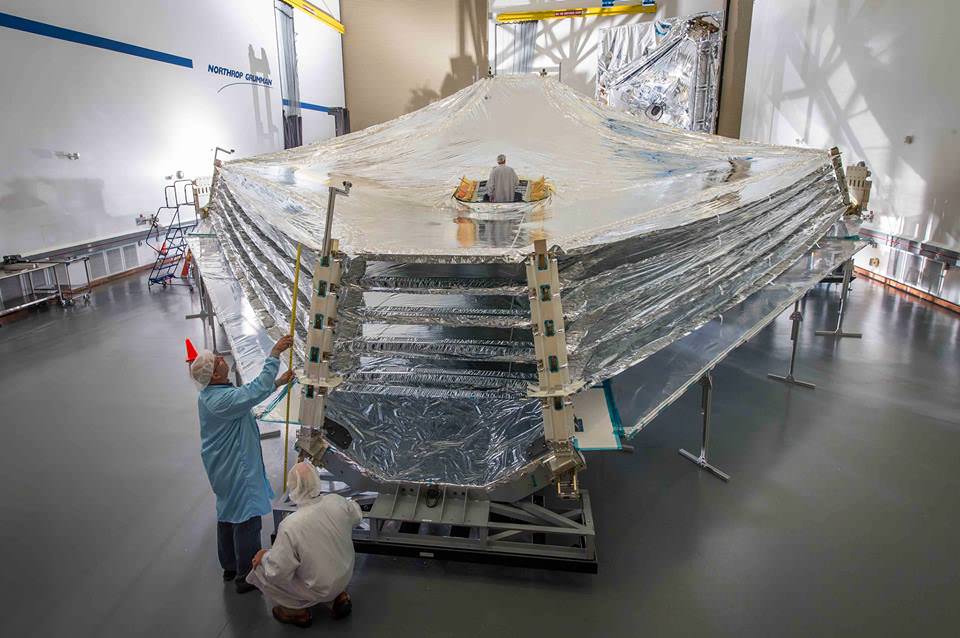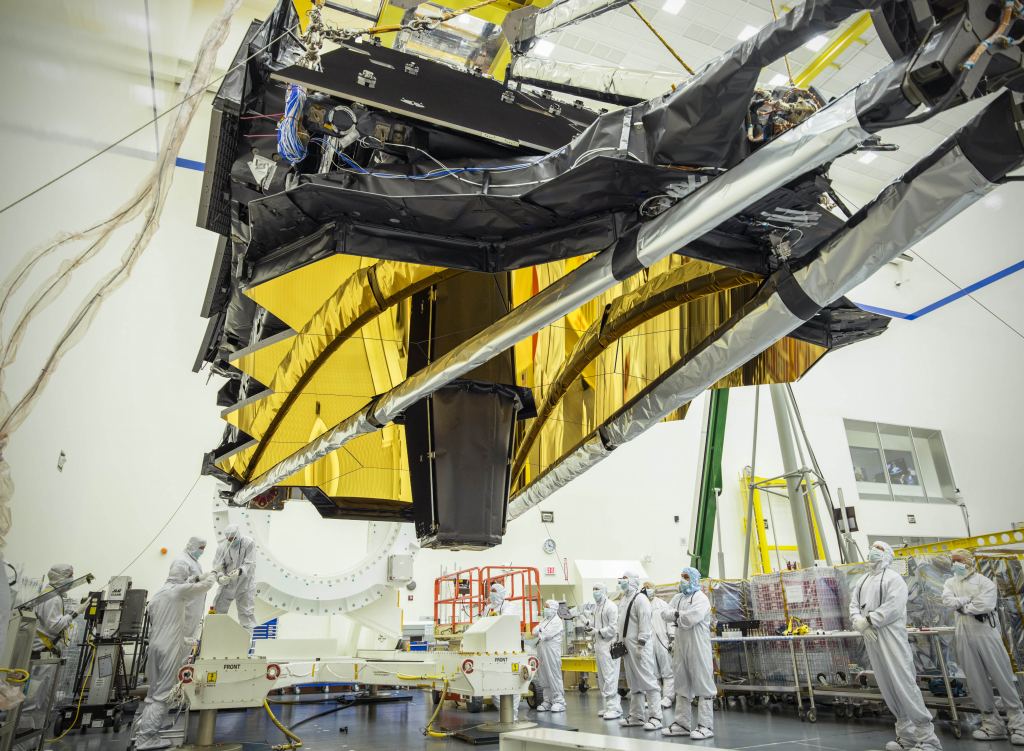Tiny little bullets flood the solar system, each micrometeoroid a potential hazard. New research has found that the James Webb Space Telescope's thin sunshields, and future inflatable spacecraft, may be at risk.
Micrometeoroids on Steroids
A micrometeoroid is a tiny bit of space junk usually weighing less than a gram. Some of them are the leftover bits of the countless collisions that have occurred over the past 4.5 billion years of the history of the solar system. Most however come from the dust cloud that initially collapsed to form our solar system, and never got to be a part of a larger body. Because of this, they absolutely flood the entire system. Some calculations even estimate that over 10,000 tons of micrometeoroids fall onto the Earth every single year.
Thankfully for us surface dwellers, the constant barrage of micrometeoroid impacts are no big deal, because our atmosphere easily soaks them up. But out in space, without the protection of our atmosphere, they can be a real pain.
Despite their small size, micrometeoroids can pack a real punch. Each one travels several kilometers per second, and they are perfectly capable of digging tiny holes into unprotected spacecraft. The current best solution to prevent damage from micrometeoroids is called the Whipple shield, in honor of its inventor Fed Whipple. It's a simple foil sheet covering the spacecraft. When a micrometeoroid strikes the foil sheet, it vaporizes before it reaches the main spacecraft body.
Exposure Risk
The Whipple shield is a simple, low-cost, low-weight solution to the problem of micrometeoroids. But it only works if you don't need to intentionally expose parts of your craft to space. For example, if you're building a telescope, you can't cover the front of it in foil and expect to get anything useful done.
Normally, space-born telescopes are robust enough that they can shrug off micrometeoroid damage. A small nick here or tiny chip there isn't going to seriously affect the observations. However, new research recently appearing in the preprint journal arXiv outlines the risk for future telescopes. The first instrument at risk? The James Webb Space Telescope.
The main mirror of the James Webb consists of segmented panels of beryllium, which is a fairly robust material. However, the Webb is an infrared telescope, and to do its job it must remain cool. To protect the spacecraft from the glare of the Sun's radiation, the Webb employs giant ultra-thin sheets of a specialized material called Kapton. According to the research, micrometeoroids will begin to impact the sunshield, slowly degrading it over time by punching tiny holes in it. However, the sunshield should still be able to perform well over the expected lifetime of the instrument.
The James Webb stretched the limit of current engineering technology to deliver a large telescope into space. Future observatories include many radical proposals. One idea it to inflate giant mirrors that can act as observatories. These could be far larger than the primary mirror of the Webb. These, however, will face many challenges from micrometeoroids. Each one will be able to punch a hole in the membrane, causing a tiny leak. If enough damage accumulates the inflatable telescope will lose its shape.
The researchers concluded that if we want to use inflatable telescopes in the future, we must either design solutions to prevent damage from micrometeoroids, or understand that the telescopes may not last very long.
 Universe Today
Universe Today

